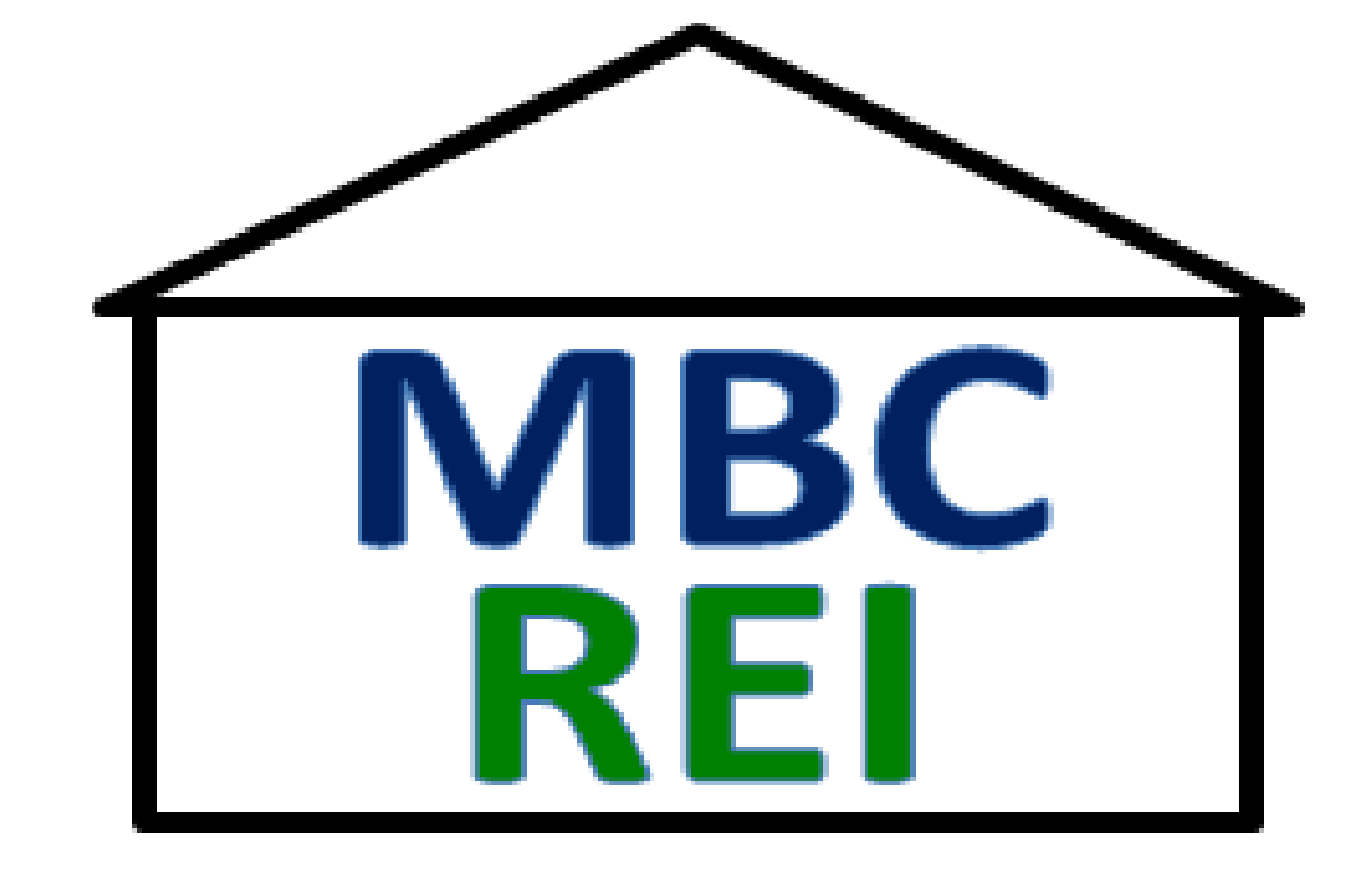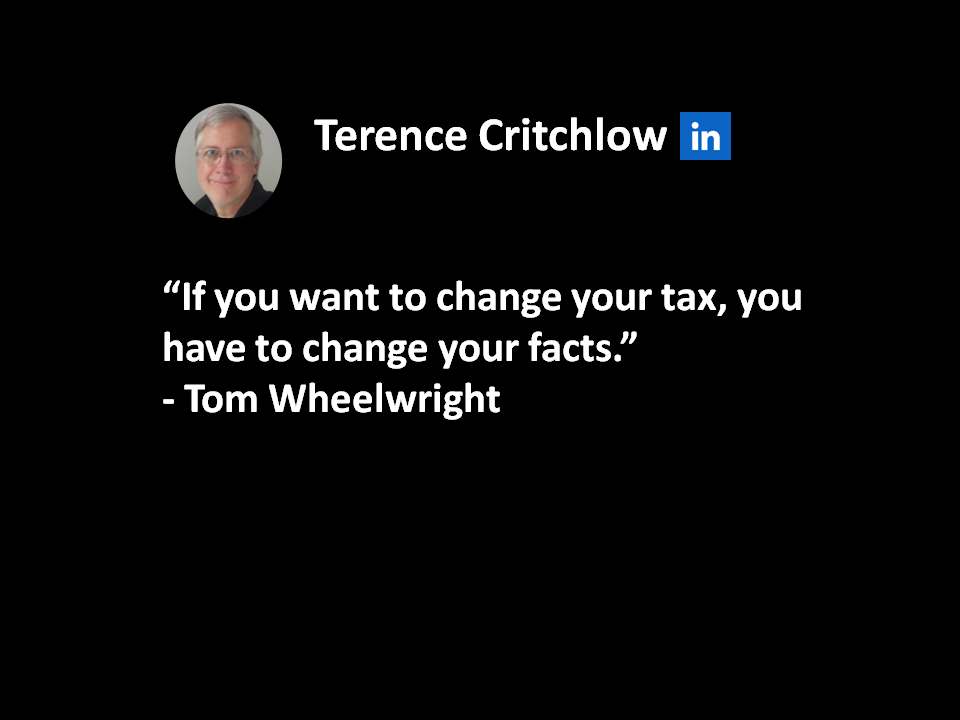For high-income professionals, taxes represent one of your largest annual expenses—yet most assume nothing can be done to reduce this burden. This assumption can cost of thousands of dollars each year, money that could be accelerating your journey toward financial independence through strategic investments.
The reality is that intelligent tax optimization can save you $20,000 or more annually. When you redirect these savings into cash-flowing assets like real estate or dividend-paying investments, the compound effect becomes transformational for your path to breaking paycheck dependency.
What are you paying in taxes?
Let’s start with a a concrete example: living in Hawaii with a W-2 income of $364k, which is at the top of the 24% tax bracket [1], assuming you are married, filing jointly. Your situation will be different, but you can use the same approach to get an idea of how much you are paying in taxes and where you might be able to save.
Many people mistakenly believe that being in the 24% bracket means all income faces this rate. The United States employs a graduated tax system where you pay progressively higher rates only on income above certain thresholds. You pay 10% on your first $22,000, 12% on the next $67,450, and so forth.
That means that if your taxable income, after all deductions, was $364,000 you would pay $74,160 in federal income tax. However, everyone gets at least the standard deduction, which is $27,700 in 2023 (it is $30,00 in 2025). That means that if you had no other strategy, your total federal taxes due in 2023 would be $67,512.
Hawaii has one of the highest state income tax rates, with a marginal tax rate reaching 11%. Using Hawaii’s graduated rate [2], with the same standard deduction, your total state taxes would be $26,524.
Payroll taxes, social security and medicare, have their own very confusing schedules and would add approximately $16,000 to your tax bill.
Putting those together, you are paying over $110,000 in taxes – just over 30% of your income. That means you are working 1.5 days a week at your job just to cover your income taxes. This doesn’t include property taxes general sales tax, or specialized taxes, such as on hotels or rental cars, which further erode your available income.
How do you legally reduce your taxes?
Important Disclaimer: This represents general information, not tax advice. Always consult your CPA and other qualified professionals before making any financial or tax decisions.
In order to reduce my taxes, I pursue a few strategies.
1) Income Classification Optimization
The tax code defines different “types” of income, that are taxed differently.
Active income, such as from a job, is taxed at the highest rate possible. Your income is considered “ordinary” income and is subject to both income tax and payroll taxes.
Investment income is generally more favorable. Passive income, such as from real estate rentals or from dividends, interest, or royalties, is still taxed as ordinary income, but it is not subject to payroll taxes. Short term capital gains are taxed as ordinary income, while long-term capital gains maxes out at 20% [3]. Income from IRAs and 401(k)s count as ordinary income, while income from Roth accounts are taxed at 0%.
Corporations pay a flat 21% federal tax on all profits, with dividend payments to shareholders also being taxed.
It can be hard to reclassify income, but understanding these distinctions allows you to reorganize income streams and reduce overall tax burden. For example, if you hold stock with sizeable gains, consider whether delaying the sale until it qualifies for long-term capital gains treatment (holding period of one year plus one day) would reduce your overall tax load.
As the well-known CPA and tax strategist Tom Wheelwright often says “If you want to change your tax, you have to change your facts”. Changing where your income comes from is one way to affect how much tax you pay.
2) Utilize Government Incentives – and Tell Them
The vast majority of the tax code—some estimate 95% or more—consists of incentives designed to encourage behaviors the government wants to promote. These incentives range from owning rental properties to having children, from holding long-term investments to homeownership, from maximizing retirement account contributions to charitable donations.
While you should not pursue activities solely for tax benefits, recognizing incentives relevant to your existing plans provides excellent opportunities to reduce overall taxes.
Consider the solar panel tax credit as an example: this incentive provided 30% of installation costs as a direct credit (i.e. a dollar for dollar reduction in your taxes), dramatically reducing payback time for solar installations. However, claiming this credit required tracking costs and informing your CPA about the installation. Without proactive communication, the proper paperwork would not be filed, you would miss the credit, and pay unnecessary taxes.
This is where working with your CPA to develop a tax strategy – including which deductions to claim, when to take them, and what documentation you need – is critical. Tax law changes constantly and most people aren’t paying attention. Work with a CPA who is, and who is willing to help you reduce your taxes – not just someone who will fill out the forms after the fact.
3) Create a Business
Business ownership provides some of the most significant tax reduction opportunities available to high earners, regardless of your business type or size.
All business expenses become deductions against your income. This can include obvious things, like employee salaries and the materials, but also less obvious things like mileage on your car, your home office, professional development, and trips for site visits or to conferences.
Depending on your situation, you may have access to additional opportunities such as deductions for medical expenses, increased retirement contributions, paying your children to work on the business, and tax free rental of your home for a business purpose for up to 14 days a year.
In many cases, you are able to take expenses that you would otherwise be incurring and create tax deductions that can create a measurable difference in your taxes.
Summary
Over the past 3 years, I have saved over $200k in taxes and deferred over $10k to the future by taking advantage of a few key strategies:
- Solar tax credits – ~$20k in savings while reducing ongoing energy costs
- Homeowners exemption on sale – ~$100k in capital gains taxes avoided
- Homeowners interest deductions – ~$6k in tax savings beyond the standard deduction
- Sale of rental property – ~$25k in tax saving by applying carryover losses to sale of rental property
- Oil and gas investing – ~$12k due to preferential treatment of this investment class
- Depreciation and related real estate deductions – ~40k in tax savings
- 401K –~$10k in current taxes deferred until withdrawal
These strategies provided additional capital for reinvestment, accelerating portfolio growth beyond what would have been possible while paying full taxes. The compound effect of tax optimization combined with strategic investing creates powerful wealth acceleration.
Successful tax optimization requires systematic approach integrated with your wealth-building strategy:
Assessment: Work with a qualified tax strategist to analyze your current situation and identify optimization opportunities specific to your circumstances and financial goals.
Planning: Align tax optimization strategies with investment objectives. Structure activities to maximize available benefits while building passive income streams.
Execution: Implement tax strategies throughout the year rather than scrambling at year-end. This maximizes opportunities and ensures proper documentation.
Optimization: Regular strategy reviews accommodate changing tax laws and evolving personal situations, ensuring continued benefit maximization.
Approaching tax optimization through an abundance mindset recognizes that intelligent tax reduction creates win-win scenarios. You retain more earned income for investment and wealth building while still meeting your tax obligations.
Remember, the goal extends beyond simply paying less in taxes. The objective is retaining more income for strategic investments that generate the passive cash flow necessary to break your paycheck dependency.
The key is to be aware of what you are doing and whether there are tax incentives that can be applied to your situation. Since you aren’t likely a tax expert, that means making sure you partner with a CPA who is also a tax strategist, so you can make a plan before you take action.
For additional reading:
- https://taxfoundation.org/data/all/federal/2023-tax-brackets/
- https://files.hawaii.gov/tax/forms/2018/18table-on.pdf
- https://www.irs.gov/taxtopics/tc409
This article is my opinion only, it is not legal, tax, or financial advice. Always do your own research and due diligence. Always consult your lawyer for legal advice, CPA for tax advice, and financial advisor for financial advice.


